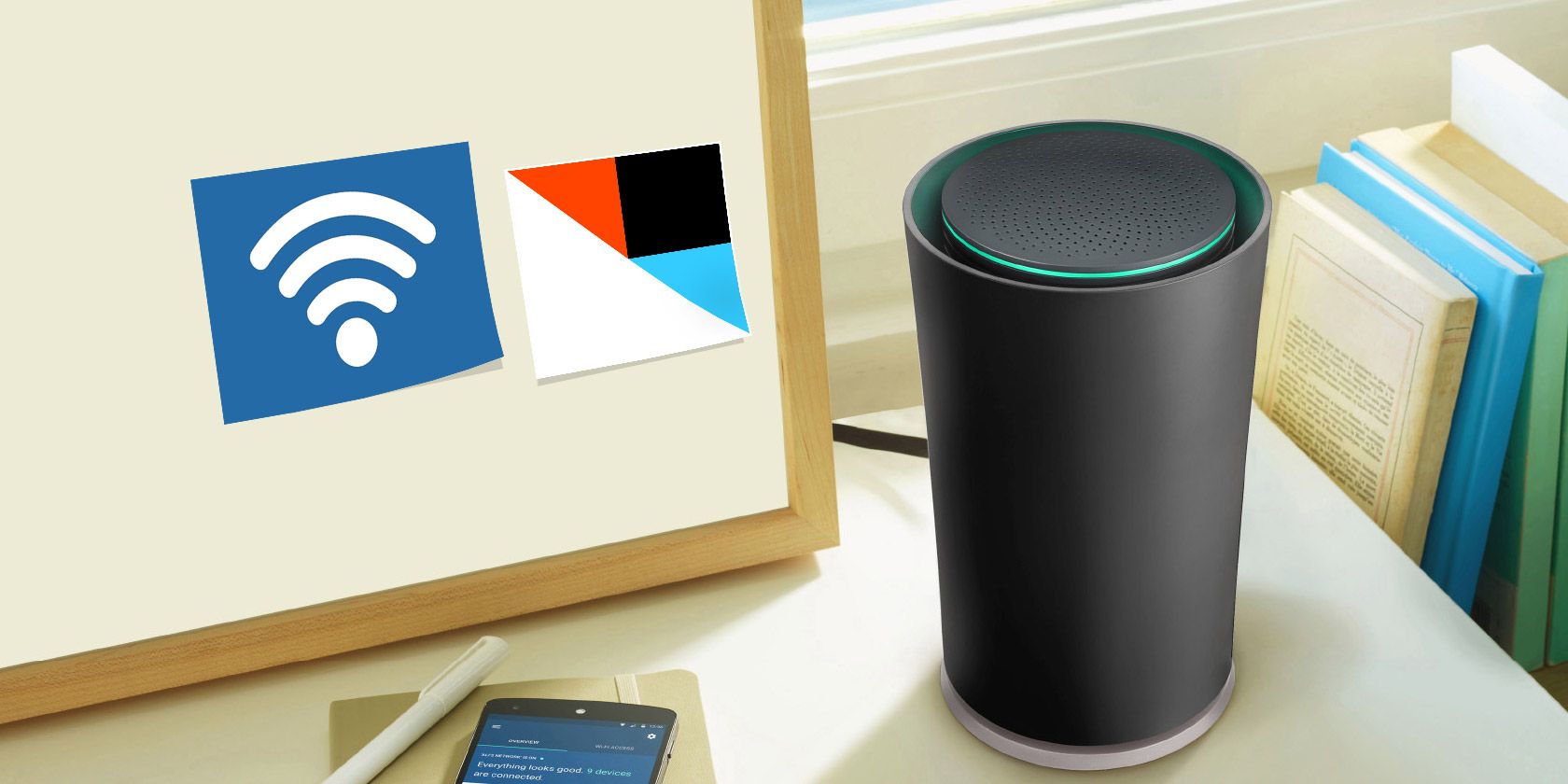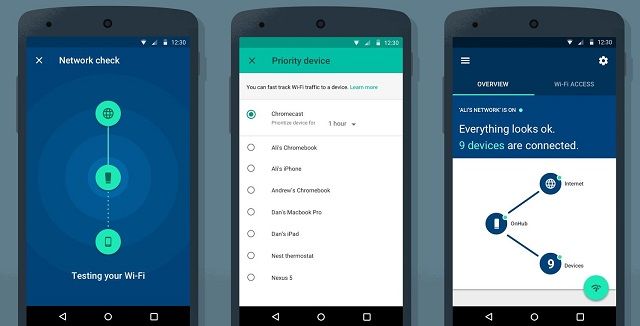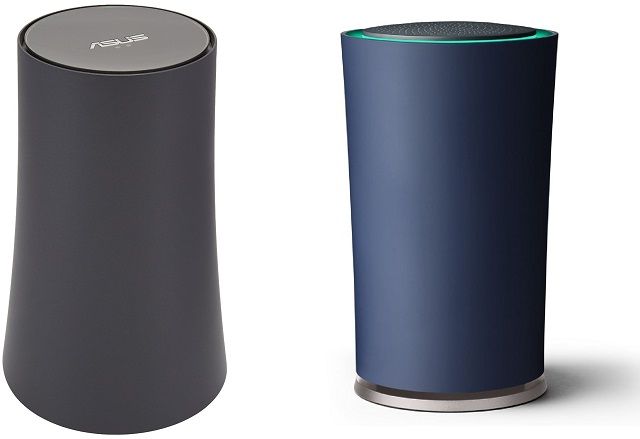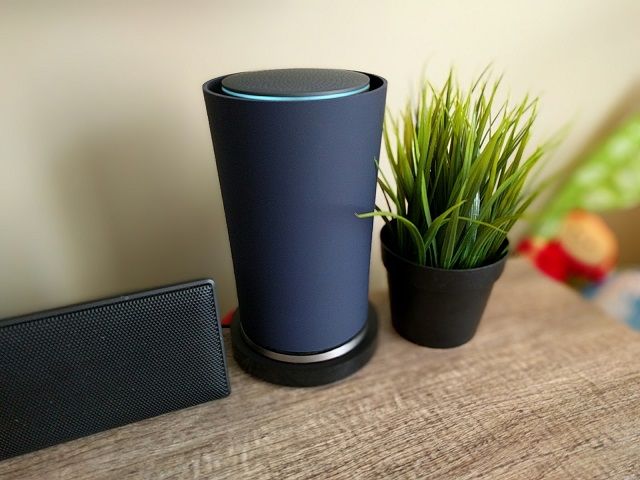First they came for your search engine. Then they came for your web browser and your smartphone. And now? They're coming for your home -- and here's why that's a great thing. We are, of course, talking about Google!
Routers are typically messy and complicated affairs. Without a lot of research, networking can be quite challenging to learn and more than most everyday Internet users really want. This gets even more stressful when something goes wrong with a router.
Most of us know the good old "turn it off, turn it back on" routine, but past that it usually means hours spent researching problems on tech forums. Google has decided that isn't great for anyone and has instead created a simple user-friendly router called OnHub.
Here are several reasons why you should think about getting one.
1. Control Using Google's App
For the launch of their brand new and simplified router, Google decided to eschew the standard web interface of nearly every other router and instead create an iOS and Android app that's used to set up, monitor, and control the OnHub.
There is no messing around with web interfaces, hundreds of settings, and network SSIDs. Instead all the setup is done through the Google On app, making it quick and painless to get your network up and running.
After setup it provides a multitude of features including a live network map, and the ability to tap on a device for more information like connection status and IP address.
Using the app you can perform two types of speed tests: the first is the common speed test between your ISP and your router, the second allows you to test the speed between the OnHub and any connected device, allowing you to determine if slow speeds are because of your connection or your ISP.
2. Ease and Simplicity
The overarching theme of the OnHub is a singular focus on simplicity. This isn't intended as a device for power users -- not yet, anyway. The whole user experience has been designed for laymen, removing the jargon and technical aspects of routers that usually intimidate everyday users.
There is an option to enable a guest network which can be set up easily through the app, making sure that your private network stays secure but that there is still access for guests if they need it.
Another neat feature of the guest network with OnHub is that you can allocate certain devices like your Chromecast or wireless speakers to the guest network, allowing visitors to use only the devices you want them using.
But what about that data hogger in your family that slows your network down by constantly streaming Netflix or downloading massively big games? With OnHub, you can switch to Priority mode for your own devices, which is similar to QoS management.
3. IFTTT Support
One of the best automation services around is If This Then That (IFTTT). Offering connections to over 300 apps and services, it allows you to create "if this, then that" statements (known as recipes) to control and automate your devices.
When Google updated the OnHub with IFTTT, it became the first router ever to support IFTTT. This is a pretty exciting look at Google's plans for the future, but also gives a great and potentially limitless way to automate your life based on your OnHub activity.
Google released the above video to show off just a few of the ways that you can take advantage of the new IFTTT integration, including email notifications when someone arrives home, automatically locking your front door when you leave the house, and disabling security monitor notifications when someone is at home.
While these suggestions are a great starting point, as with other IFTTT connections, the future possibilities are endless.
4. Powerful Hardware
The OnHub is a well-powered piece of hardware featuring a dual-core 1.4 GHz processor, 4 GB of RAM, and a USB 3.0 port. This is unusual for routers because they typically wouldn't be required to do the level of computing that the OnHub does (possibly hinting at what Google has in store for future updates).
There are currently two versions of the OnHub:
- OnHub from TP-Link
- OnHub from Asus
Both are near identical in technical specs except for two differences. The TP-Link version features a front-facing antenna reflector that strengthens Wi-Fi signals in the direction of the antenna. While the Asus lacks this features, it does have Wave control to set a device to priority on the network by simply waving your hand above the OnHub.
While both OnHubs feature LED lights for the status of the device, the TP-Link has an "ambient light ring" which also features a light sensor that can adjust the light ring based on the amount of light in the room. Although this sensor isn't active at the moment, it may be enabled with a future OnHub update.
5. Improved Wireless Coverage
While most routers come with just two antennas to provide Wi-Fi coverage, the TP-Link OnHub comes equipped with thirteen arranged in a circular pattern, which aims to extend Wi-Fi coverage throughout a house, not just in two directions.
The Asus on OnHub only features seven antennas, so if coverage is what you need, then the TP-Link has the upper-hand here.
Most modern routers are able to broadcast at two different frequencies -- 2.4 GHz and 5 GHz -- but the two frequencies usually behave as two separate networks with different SSIDs.
The OnHub seamlessly merges these two frequency networks into one SSID and will automatically choose the most stable and fastest frequency for any given device. Most devices can't intelligently switch between 2.4 GHz or 5 GHz and it's convenient that the OnHub does it for you.
6. Aesthetic Design
It's unlikely that you've ever looked at a router and thought "That would look great in my house," but that's exactly what Google got right with the OnHub.
They even state that the OnHub is designed to "be out in the open" due to its design, both aesthetically and functionally by giving better coverage in an outwards direction from the center of your home rather than tucked in the corner of the room or a closet.
Both the TP-Link and Asus OnHub are sleek, minimalist devices designed to look good. You can even get replacement shells for the TP-Link OnHub so that you can make it look even more appealing in your home, rather than the black or blue that come as standard.
Sadly, the Asus OnHub is only available in its original slate grey.
7. Frequent Update Schedule
When the OnHub first launched in 2015, Google committed to providing software updates every six weeks, and for the most part this has been true. Most of these updates have been small bug fixes and security updates but there have also been interesting updates (like the one adding IFTTT support).
With such a robust update schedule, it makes one wonder what Google plans for the OnHub going forward. The announcements for Google Assistant and Google Home at I/O 2016 offer a great starting point for speculation.
We already know that the OnHub supports networking standards that Internet of Things devices typically use, like Bluetooth Low Energy (LE), Weave, and the 802.15.4 wireless standard.
At the moment the router doesn't make use of these features, but it would seem bizarre for Google to build these into the product if they didn't have a plan for them. There is also the fact that the OnHub can support up to 100 connected devices, which is far more people than a house normally holds.
Of course at the moment this is speculation, but with all the other benefits of the OnHub along with the potential for a software update to unlock some great Smart Home functionality the OnHub seems to be worth the investment.
What do you make of Google's OnHub router? Would you get one? Have you got one? Let us know in the comments below!
Image Credit: Devin Arthur via Google Product Forums, Syda Productions via Shutterstock







